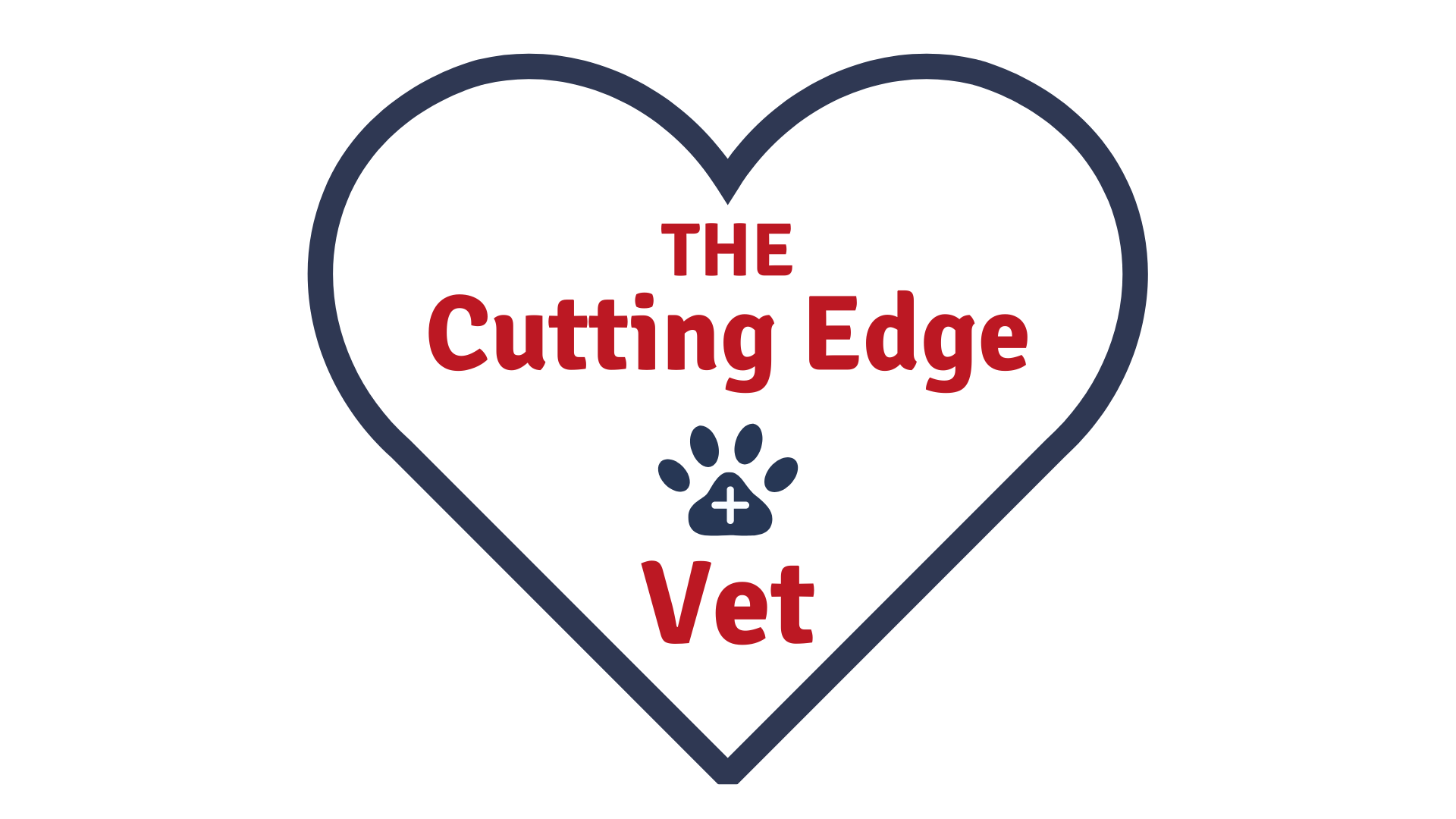Wondering what it means and what steps to take next?
IVDD stands for intervertebral disc disease, which involves the degeneration of the structures within the spinal discs. These discs consist of an outer shell called the annulus fibrosus and a gelatinous center known as the nucleus pulposus. When these structures deteriorate, they can herniate into the spinal canal, causing pressure, pain, and potentially paralysis. The severity of your pet’s symptoms depends on the extent of material extrusion into the canal and the force of the extrusion.
In small-breed dogs, particularly chondrodystrophic breeds like dachshunds, beagles, bassett hounds, shih tzus, Pekingese, and Lhasa apsos, herniation of the gelatinous portion of the disc (nucleus pulposus) is more common. Dachshunds are especially prone to this condition. Small breed dogs usually experience this between the ages of 3 and 6. On the other hand, herniation of the annulus fibrosus typically occurs in larger nonchondrodystrophic breeds such as mixed breed dogs, German shepherds, Labrador retrievers, Doberman pinschers, and Rottweilers. These dogs generally show clinical signs of disc disease after the age of 5.
It’s important to note that the term IVDD does not indicate the exact location of the lesion. Discs can protrude in the neck (cervical disc disease) or further down the spine (thoracolumbar disc disease). When the disc protrusion occurs in the neck, primary complaints include neck pain and abnormal ambulation with all four limbs (tetraparesis, tetraplegia). Depending on the site of the herniation, affected dogs may exhibit an arched back and a “nose-down” posture. In thoracolumbar disc disease, historical complaints usually involve pain or varying degrees of weakness or paralysis in the pelvic limbs.
Regarding the prevention of IVDD, while it is generally not a “preventable” disease, medical treatment can sometimes be an alternative to surgery. Dogs with herniations in the neck region may be successfully treated nonsurgically if they show mild to no neurological deficits (primarily neck pain) and have not experienced repeated episodes of pain. Dogs with thoracolumbar disc disease may receive medical treatment if their neurological signs are mild and do not worsen suddenly or over time.
If your dog exhibits signs consistent with mild disc disease, your veterinarian will likely recommend the following:
- Strict cage confinement for 2 to 4 weeks, with or without anti-inflammatory medication.
Note: The cage or crate should be appropriately sized to allow your dog to change positions but not walk around or jump. - Restrict activity to short walks for urination and defecation, during which you can assess your pet’s progress.
- Avoid giving anti-inflammatory drugs to your dog without concurrently confining them, as these drugs alleviate pain and may increase activity levels, putting more pressure on the abnormal disc and causing further herniation.
- Depending on the severity of your dog’s symptoms, your veterinarian may prescribe painkillers. Once again, cage confinement is crucial.
- Manage your pet’s diet to prevent weight gain or, if necessary, promote weight loss.
- Depending on the severity, your veterinarian may recommend physical rehabilitation for your pet.
Back Brace Efficacy
Regarding the efficacy of a back brace, it is essential to understand that it will not cure IVDD but may help stabilize the spine and reduce further herniation. The back brace should be rigid enough to restrict motion of the spine but not uncomfortable for your pet to wear or overly tight to restrict breathing. However, it’s important to remember that limiting your pet’s activity remains crucial even with the use of a back brace.
